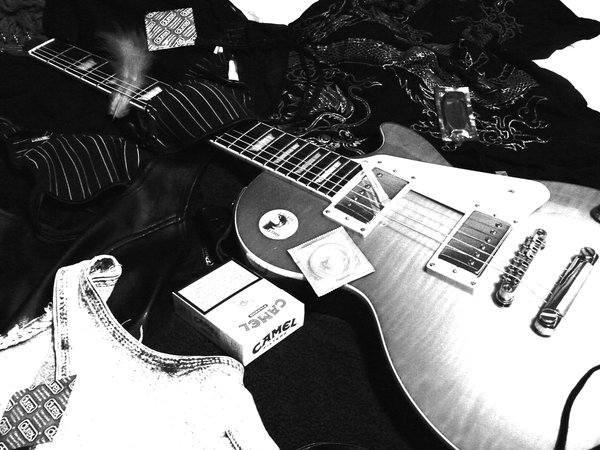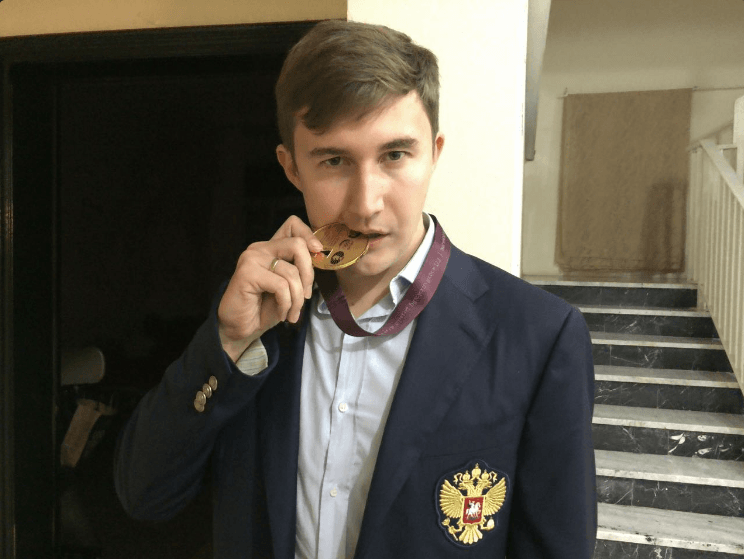… OR ACCORDING TO MY OPINION
After makings ourselves feel better in the latest post, where we have revisited great blunders made by world class players, it is time for a reality check.
Because in this post we will take a look at the most brilliant chess moves throughout the history of chess. Which will merely remind us how great players we could have been if we weren’t distracted by sex, drugs and rock and roll throughout our youth.
In all sincerity, that last sentence actually makes me wonder why I am not at least 2600 rated by now, but maybe it is better not to pose some difficult questions..

Anyway, selecting the best chess moves proved to be a harder task than I initially imagined. Because compiling every single brilliant move in the history would take a couple of months and probably fill more than one book.
Therefore I have tried to include some of the moves that made indelible impression on me. I have tried focusing on some lesser known brilliancies, but I still think that the list includes enough mainstream gems.
Naturally, the final list is highly subjective (you might notice the name of Rashid Gibiatovich Nezhmetdinov quite often). But any discussion on the “best of all time” theme has to include some degree of the subjectivity.
By now it is probably time to stop beating about the bush and present the list of the best chess moves according to a modest Candidate Master.
1. MIKHAIL TAL – HANS HOACHIM HECHT, VARNA OLYMPIAD, 1962.
I thought that starting with the most famous attacker ever can hardly be wrong. In the aforementioned game Tal, who was still in the recovery after the kidney operation, played on the lower board of the Varna Olympiad. (I am not certain about the exact number of the board).
Anyway, in the game, the following position was reached:
2. MIKHAIL TAL – SVIRIDOV, STUTTGART SIMUL, 1969
We continue with the mr. Mikhail, this time with a relatively lesser known game from a simultaneous exhibition (!!):
3. STEFAN LEVITZKY – FRANK JAMES MARSHALL, DSB KONGRESS, 1912
The move that even Kasparov referred to as “the most brilliant move in the chess history”.
In the following position:
4. VESELIN TOPALOV – ALEXEY SHIROV, LINARES 1998
One of the more famous examples from the list, and the brilliancy from the modern era.
In the following position, Black played the last move an average player would think of:
5. POLUGAEVSKY – NEZHMEDTINOV, SOCHI, 1958.
The first instance that the name of Rashid Giabatovich Nezhmetdinov pops up on this list. He was one of the greatest natural talents and one of the most brilliant attackers in the chess history. Unfortunately, he didn’t have solid opening repertoire to battle consistently with the Soviet greats, but still he played a number of attractive and brilliant games.
Very indicative is that he was the second of none other but Mikhail Tal, during his matches against Botvinnik.
One of his most famous creations is the following brilliancy against the Polugaevsky:
6. RASHID GIBIATOVICH NEZHMETDINOV – OLEG L CHERNIKOV, ROSTOV, 1962.
The Nezhmetdinov fan is on the loose and now there is no going back. Consider another brilliancy by the Soviet virtuoso:
7. TIGRAN VARTANOVICH PETROSIAN – LUDEK PACHMAN, BLED, 1961
The 9th world champion, Tigran Vartanovich Petrosian, is famous for his defensive skill and positional style. However, most people underestimate his tactical prowess. Consider for instance the following famous encounter:
8. TIGRAN VARTANOVICH PETROSIAN – BORIS SPASSKY, WORLD CHAMPIONSHIP 1966.
One of the definitely more “mainstream” games on this list. It was played in a world championship match and is therefore rather significant.
In the following position, having sacrificed exchange twice earlier, our “romantic” Petrosian found the winning queen deflection:
9. M HEWITT – WILHELM STEINITZ, LONDON 1866
Everything said for the Petrosian is valid for Steinitz. Many people forget that before laying the foundation for the birth of the modern chess school, 1st world champion played very attractive, attacking chess. One striking example is surely Steinitz – Bardeleben, but the following example is also very attractive:
10. VLADAS MIKENAS – DAVID BRONSTEIN, USSR CHAMPIONSHIP, 1965
We are jumping back to the “Soviet school of chess” period and mention another brilliant and “almost a World Champion”, player, David Bronstein.
This one is slightly more famous, and quite rightly so:
11. STEFAN BRZOZKA – DAVID BRONSTEIN, USSR, 1963.
I have to admit, I haven’t seen this one before. But it is never to late to get acquainted with the “cunning Devik’s heritage” (Bronstein’s nickname).
12. HENRY L TERRIE – EMORY TATE, US OPEN, 2001
This one really caught my attention because it is an endgame trick. It is kinda obvious, but still very beautiful.
13. F. ALEXANDER HOFFMAN – ALEXANDER PETROV
Every e4 player has cursed the name of Alexander Petrov sooner or later throughout his career. The author of this lines is definitely not excluded.
However, in the following game, it was not only “Symmetry to death”:
14 DAVID NAVARA – ANNA DERGATSCHOVA-DAUS
In the post about blunders I already lamented how difficult it is to play against women. Czech GM David Navara doesn’t seem to have problems with that. Not only he wins, but he does so stylishly. Check the end to the following game:
15. DIMITAR I DONCHEV – SASHO NIKOLOV, BULGARIA, 1987
Too be honest, I don’t know much about these two players. Apart from the fact that chess community should be thankful to mr. Donchev for providing us with the following brilliancy.
In the position from the game, it was White to move:
16. MIKHAIL KRASENKOW – HIKARU NAKAMURA, BARCELONA, 2007
We remain in the modern era. There is a scarcity of the modern games in this collection, partly due to the author’s ignorance, and partly due to the fact that level of defence is much higher nowadays, and top players would be risking too much by trying to go for the brilliancies all the time.
However, one that definitely has to be mentioned is Hikaru Nakamura’s visiting card:
17. SAM LOYD – SAMUEL ROSENTHAL
Back to the 19th century. Sam Loyd is most famous as a chess composer, but sometimes he managed to create “problem like” wins in his over-the-board-games.
Consider the following position:
18. YURI AVERBAKH – ALEXANDER KOTOV, ZURICH CANDIDATES, 1953
Alexander Kotov is most famous for writing the great chess book Think like a grandmaster.
Unfortunately, after discussing in length the thinking process of a grandmaster, he gives the following famous example, which makes the reader to consider curling as an alternative career/hobby choice.
19. EFIM BOGOLJUBOW – ALEXANDER ALEKHINE, HASTINGS, 1922
We will conclude this list with the two games of the world champions. First example is my favourite Alekhine game, a grandiose canvas in which little b-pawn belittled the effort of the rampage rook.
20. VISWANATHAN ANAND – GARRY KASPAROV, WORLD CHAMPIONSHIP, 1995
The last, but not the least, a brilliancy by the greatest player ever. Although everything in the game was home preparation, it is still majestic nevertheless:
CONCLUSION
Phew, these exclamation marks really started to going on my nerves!!!
Finally we have reached an end of this post and this list.
It is arguable whether the choice is correct, as there are many famous games missing (Andersen’s Immortal and Evergreen games, Fischer’s Game of the Century, among others). Even the choice of only one Kasparov game seems unjust; perhaps most people would rather choose his immortal game against Topalov instead.
However, as already mentioned, choosing between “gold and golder” can be very hard, and I have tried to mix a couple of rather famous games, with some that I feel deserve more recognition.
Anyway, I welcome all the readers to comment/email with their suggestions about the brilliant games worldwide, in order to replenish my knowledge and this list as well.
Now if you will excuse me, I am going to check all that blunders once again.
And do some drugs while listening to some good old rock’n’roll.
Naturally, I am only kidding here.
I don’t listen to rock’n’roll.

